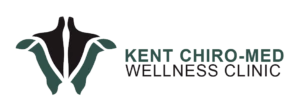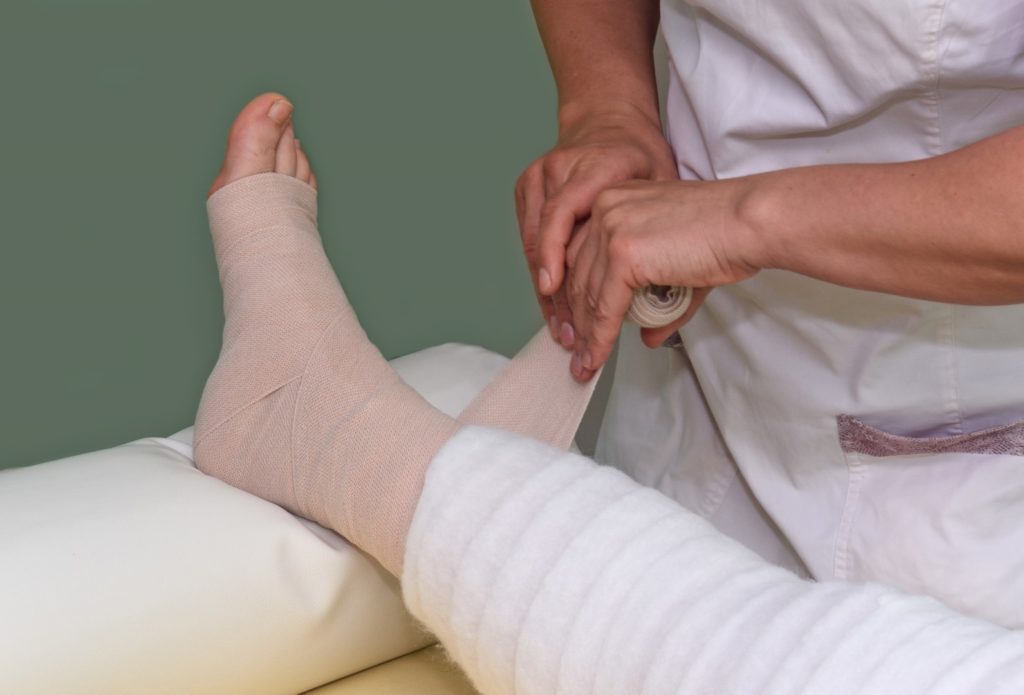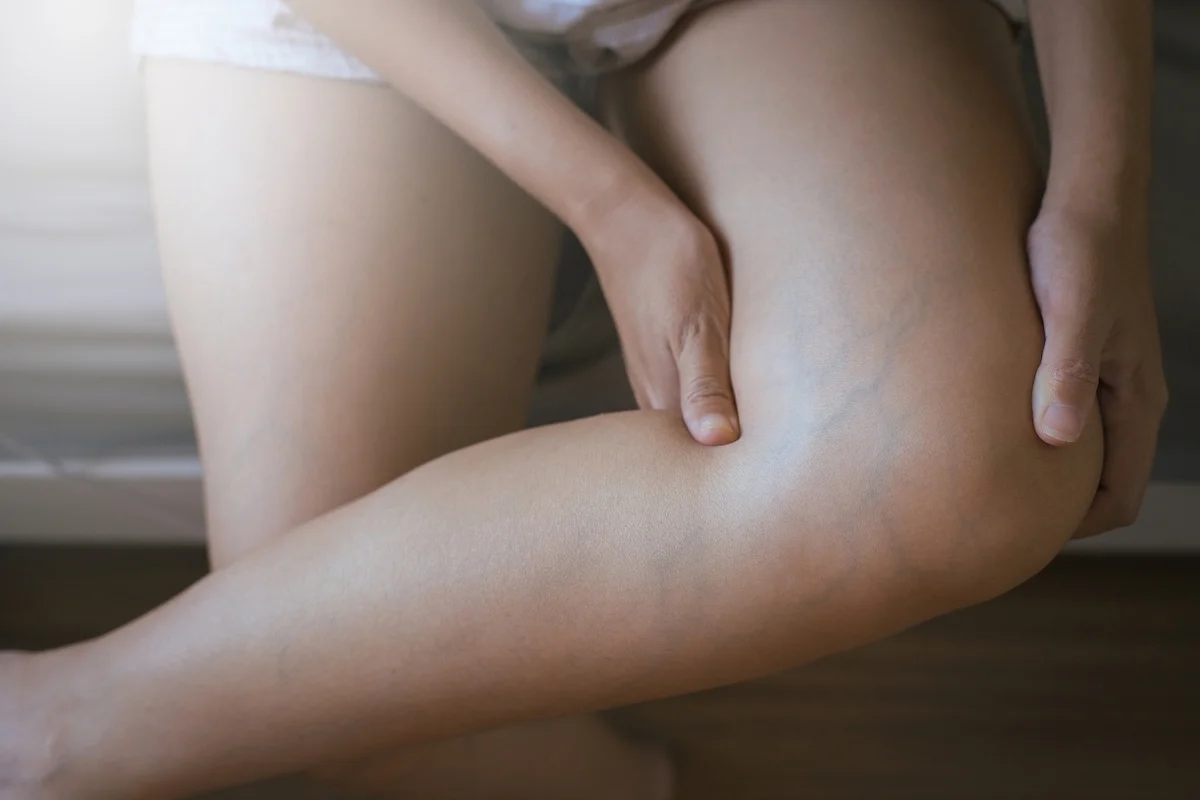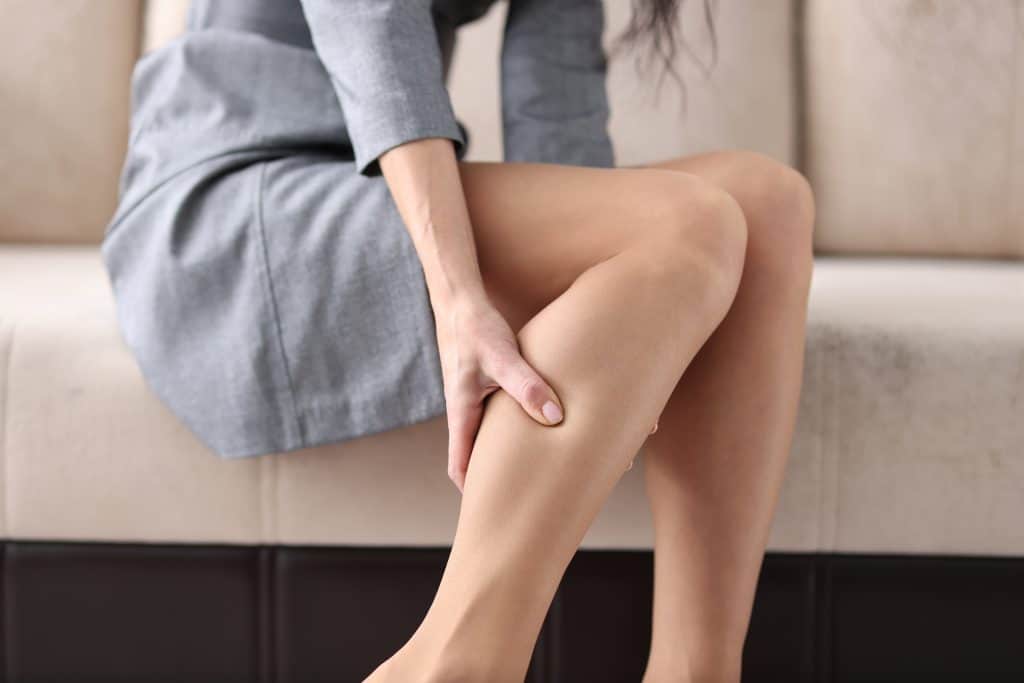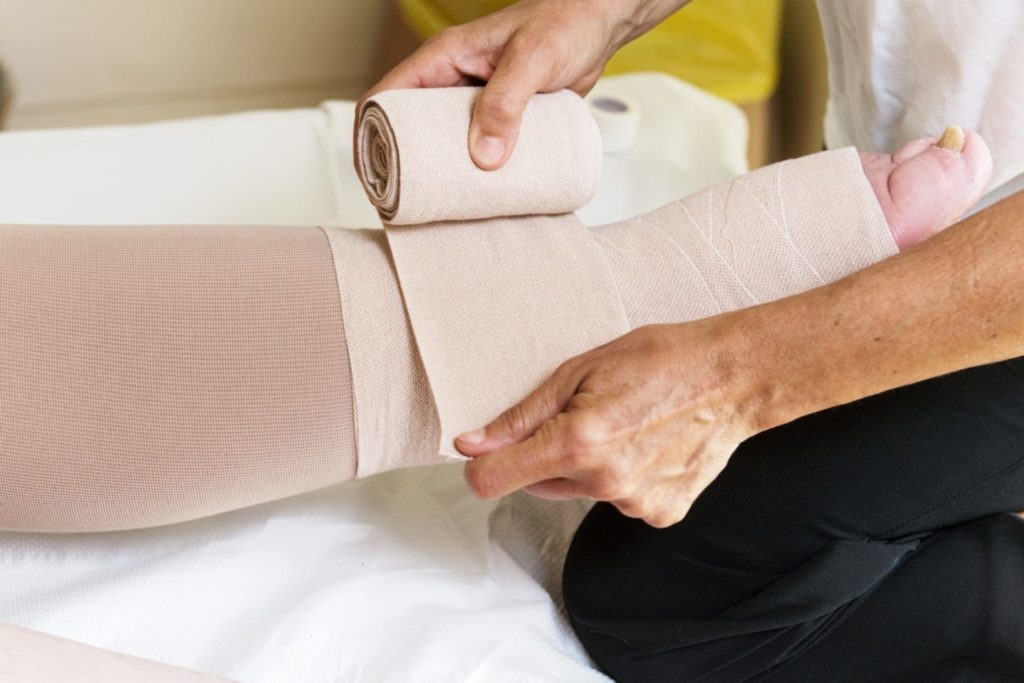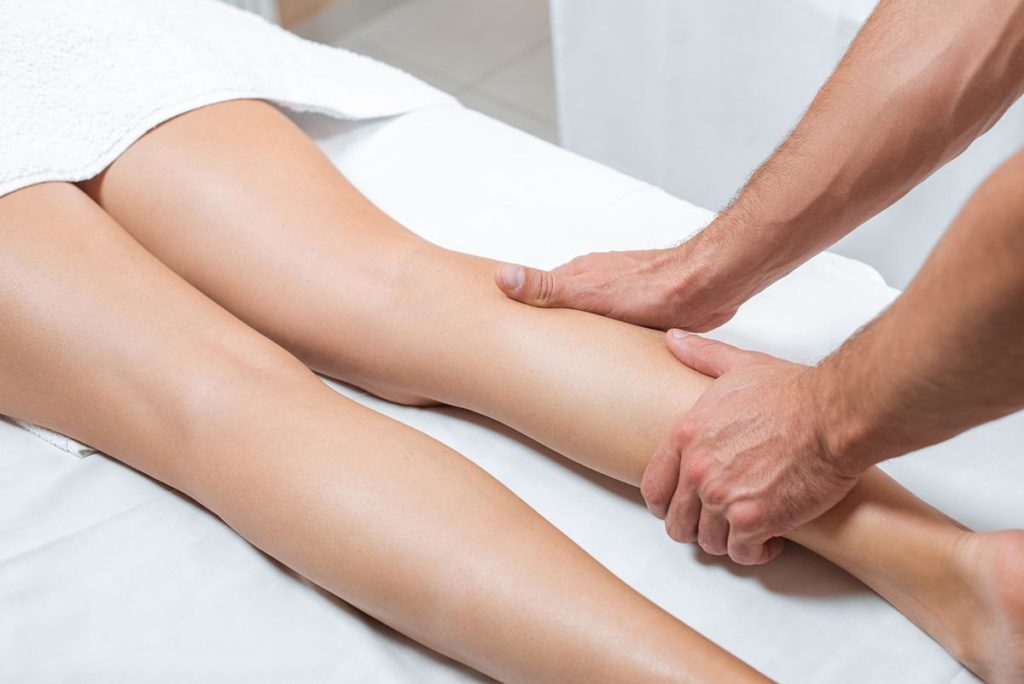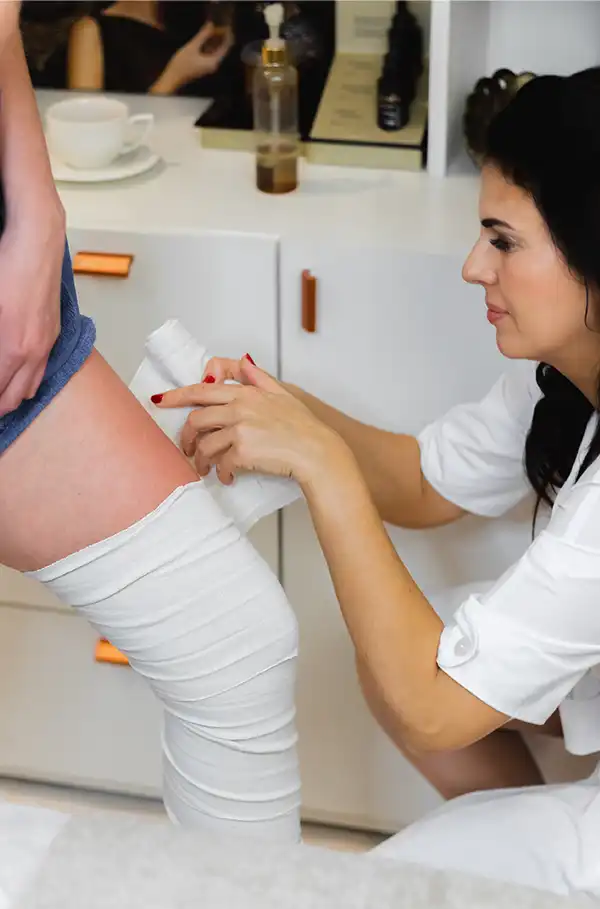Are You Ready To Live a Pain-Free Life?
Recovering your muscle strength after lymphedema therapy is a time-taking process.
To get the best possible treatment:
- Follow-up visits and physical therapy appointments.
- Follow-up the instructions for at-home exercises.
Ready for your first treatment? Don’t delay any further.
